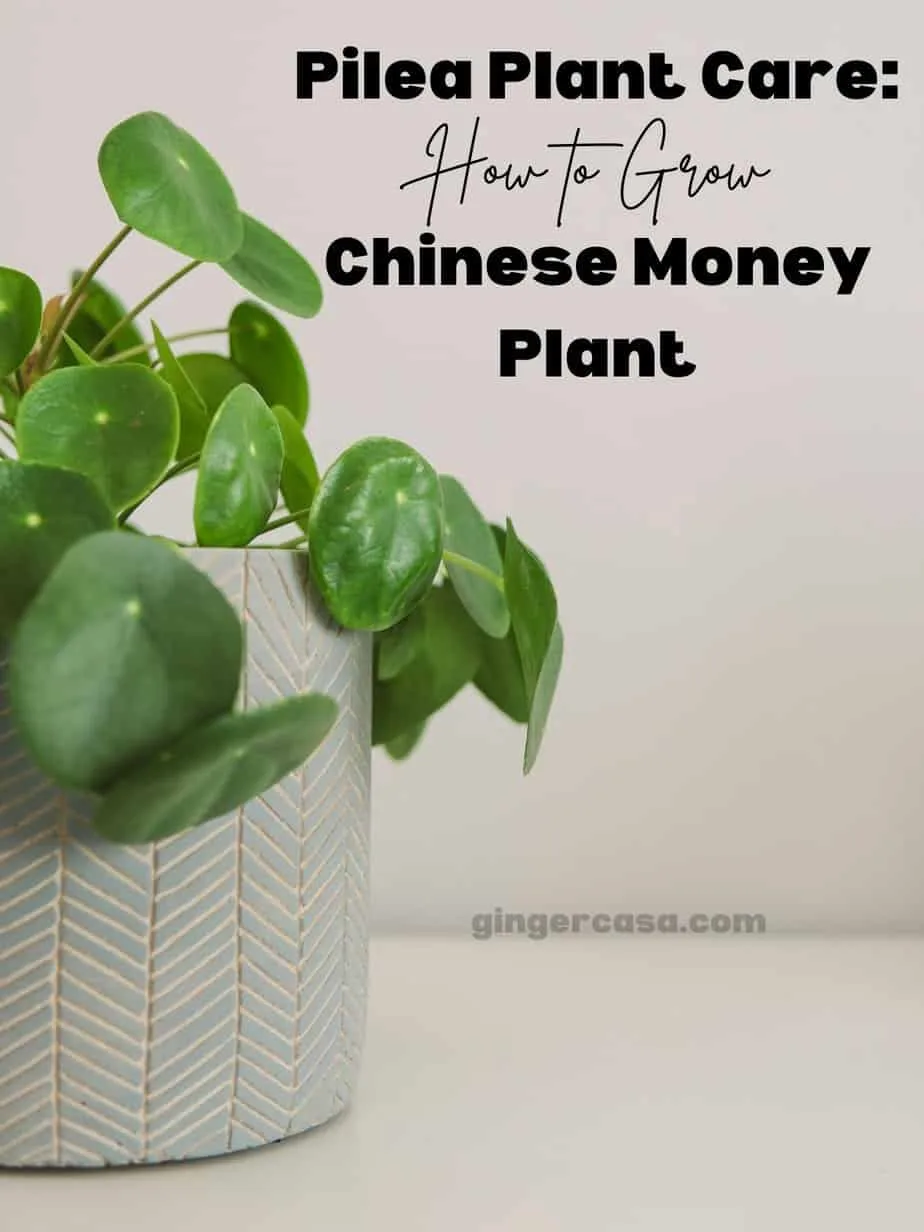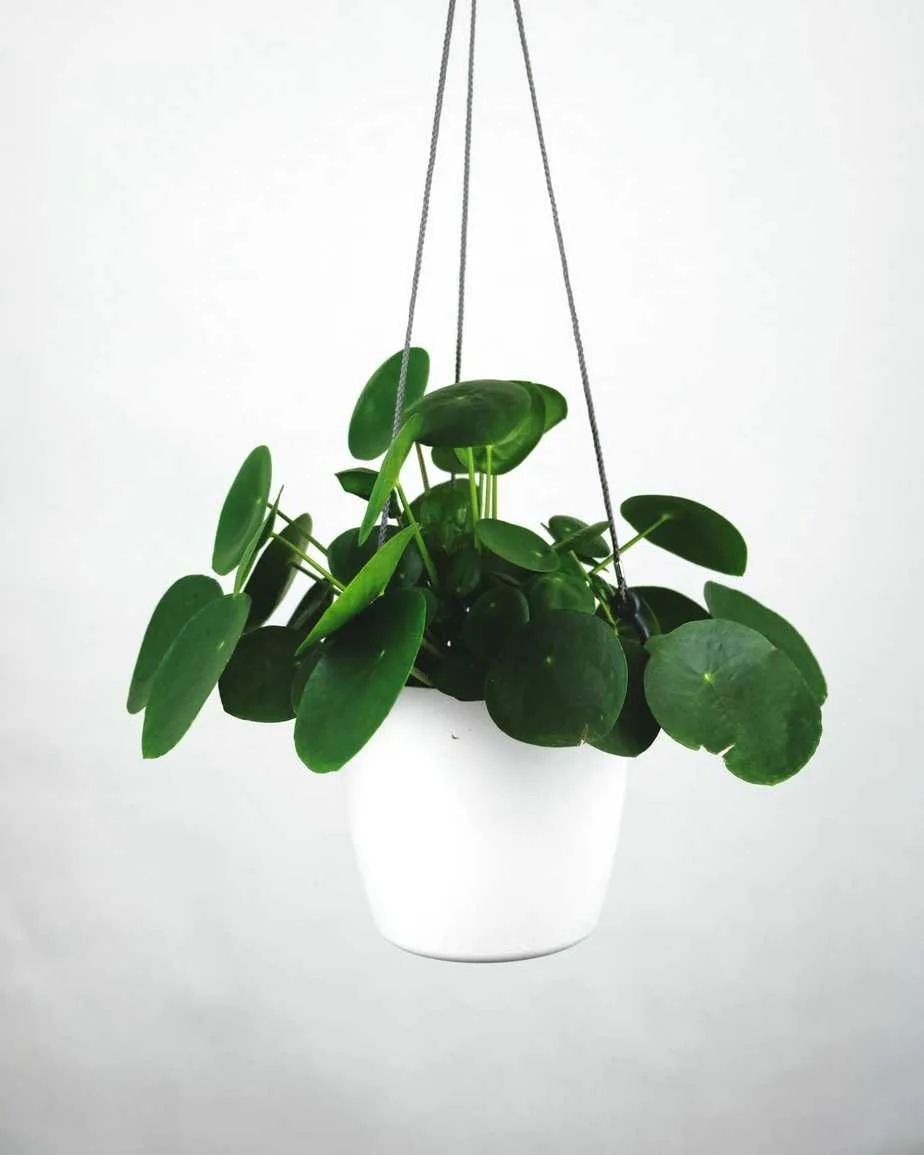I am an avid lover of houseplants, but that does not mean that I haven’t killed a few, too! One year, my husband gave me a pilea peperomioides, commonly known as the Chinese money plant or pancake plant, for our anniversary. I had seen this plant online and in stores, but strayed because, honestly, there are just some plants that look like drama, and this was one of them. I loved this plant, but unfortunately, I didn’t know about pilea plant care and also unfortunately, sometimes plants just die. And this was one that did. I found out that ants had taken up residence in the soil and I tried to save it, but then after repotting and washing the roots, I read that pileas do not like their roots bothered so, alas, it was a goner.

Photo by Zhen H on Unsplash
The Pilea has been making waves in the world of indoor plants in recent years. With its unique coin-shaped leaves and easy-care nature, it has become an excellent choice for both novice and experienced plant enthusiasts. If you’re looking to add this amazing plant to your collection or are already a proud owner, here’s a comprehensive plant care guide to help you grow and maintain a healthy Chinese money plant.
Introduction to Chinese Money Plant:
Native to southern China, the Pilea peperomioides is also known as the UFO plant, coin plant, missionary plant, or friendship plant. Its common name, “Chinese money plant,” comes from the round, flat leaves that resemble coins. In its natural habitat, it thrives in shaded areas with bright indirect light and high humidity levels.
Light Requirements:
Chinese money plants prefer bright indirect sunlight but can tolerate lower light levels. Place them near an east or west-facing window to ensure they receive enough light without being exposed to direct sunlight, especially during the summer months. In areas with limited natural light, consider supplementing with grow lights to provide the necessary light levels for optimal growth.
Watering and Soil Moisture:
Proper watering is crucial for the health of your Chinese money plant. Ensure the pot has good drainage holes to prevent waterlogging, which can lead to root rot and fungus gnats. Water your plant when the top inch of soil feels dry to the touch, and always empty the saucer beneath the pot to avoid excess water accumulation. Use filtered water or let tap water sit overnight to dissipate chlorine and other chemicals that may harm your plant.

Photo by feey on Unsplash
Soil and Potting Mix:
Use a well-draining potting mix with good drainage to prevent soggy soil. A mixture of peat moss, perlite, and potting soil works well for Chinese money plants. Terracotta pots are an excellent choice as they allow for better airflow to the roots compared to plastic pots.
Temperature and Humidity:
Chinese money plants thrive in average room temperatures between 60°F to 75°F (15°C to 24°C). Maintain moderate to high humidity levels around the plant, especially during the winter months when indoor air tends to be drier. You can increase humidity by using a humidifier, placing a water-filled tray with pebbles beneath the plant, or misting the leaves regularly.
Fertilizing and Repotting:
Feed your Chinese money plant with a balanced liquid fertilizer to promote healthy growth. Repot your plant into a slightly larger pot with fresh soil when you notice the roots outgrowing the current pot. This does not need to be done as often as one might think, perhaps every 1-2 years, or possibly longer.
Pest and Disease Control:
Keep an eye out for common pests such as spider mites and fungus gnats, especially in conditions of high humidity and overwatering. Treat infestations with
neem oil or mosquito bits, and wipe leaves with a damp cloth to remove pests. Brown spots, yellow leaves, or white spots may indicate issues such as overwatering, underwatering, or pests, so address these promptly to maintain plant health.
Propagation:
Chinese money plants are easy to propagate through stem cuttings. Simply take a cutting from the main stem of the mother plant using a sharp knife and place it in water or directly into moist soil. New growth should appear within a few weeks, and you’ll soon have baby plants to share with friends or expand your collection.
Pilea peperomioides has become a popular houseplant due to its unique leaves, easy-care nature, and low-maintenance requirements. By providing the right conditions, including enough light, proper watering, good drainage, and occasional fertilizing, you can enjoy a thriving Chinese money plant in your home or office space. Whether you’re a seasoned plant parent or just starting your indoor gardening journey, the Chinese money plant is an excellent addition to any plant collection, bringing good luck and greenery to your surroundings.
